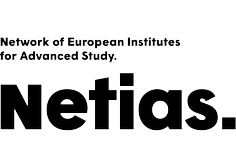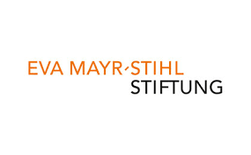Prof. Dr. Sigrid Norris
Sprachwissenschaft
External Senior Fellow
Marie S. Curie FCFP Fellow
Februar - August 2018
CV
Sigrid Norris is Professor of Multimodal (Inter)action and Director of the AUT Multimodal Research Centre at Auckland University of Technology in New Zealand. Born in Feudingen Germany, she received her BA in Russian Language and Literature from George Washington University, and later, received an MS and was conferred her PhD in Linguistics both by Georgetown University in the United States. She is the founder of the theoretical/methodological framework Multimodal (Inter)action Analysis, and has edited and authored numerous academic books, journal articles and book chapters, written two poetry books, and is the Editor of the international journal, Multimodal Communication.
Publikationen (Auswahl)
- Norris, Sigrid (2004): Analyzing Multimodal Interaction: A methodological Framework, London: Routledge.
- Norris, Sigrid (2011): Identity in (Inter)action: Introducing multimodal (Inter)action Analysis, Berlin, Boston: de Gruyter Mouton.
- Norris, Sigrid (2013a): »What is a mode? Smell, olfactory perception, and the notion of mode in multimodal mediated theory«, in: Multimodal Communication 2 (2), S. 155-169.
- Norris, Sigrid (2013b): »Multimodal (Inter)action Analysis: An Integrative methodology«, in: Cornelia Müller/Ellen Fricke/Alan Cienki/David McNeill (Hg.), Body – Language – Communication, Berlin, New York: de Gruyter Mouton, S. 275-286.
- Norris, Sigrid (2016): »Multimodal Interaction – Language and Modal Configurations«, in: Nina-Maria Klug/Hartmut Stöckl (Hg.), Handbook ›Language in Multimodal Contexts‹, Berlin, Boston: de Gruyter, S. 121-142.
FRIAS-Projekt
Acquisition of multimodal synchronization
As postulated and demonstrated in earlier work (Norris, 2004, 2011, 2013a, 2013b, 2014 [2009]), language is viewed as part of a complex system of communication, in which social actors integrate embodied, cognitive-psychological, socio-cultural, and physical environmental aspects. From this perspective, interaction is always multimodal.
Coming from an interactional perspective, the project Acquisition of multimodal synchronization will expand our understanding of language acquisition in two ways: 1. How child language acquisition is integrated with acquisition of other modes. 2. How infants and young children acquire synchronization practices.





